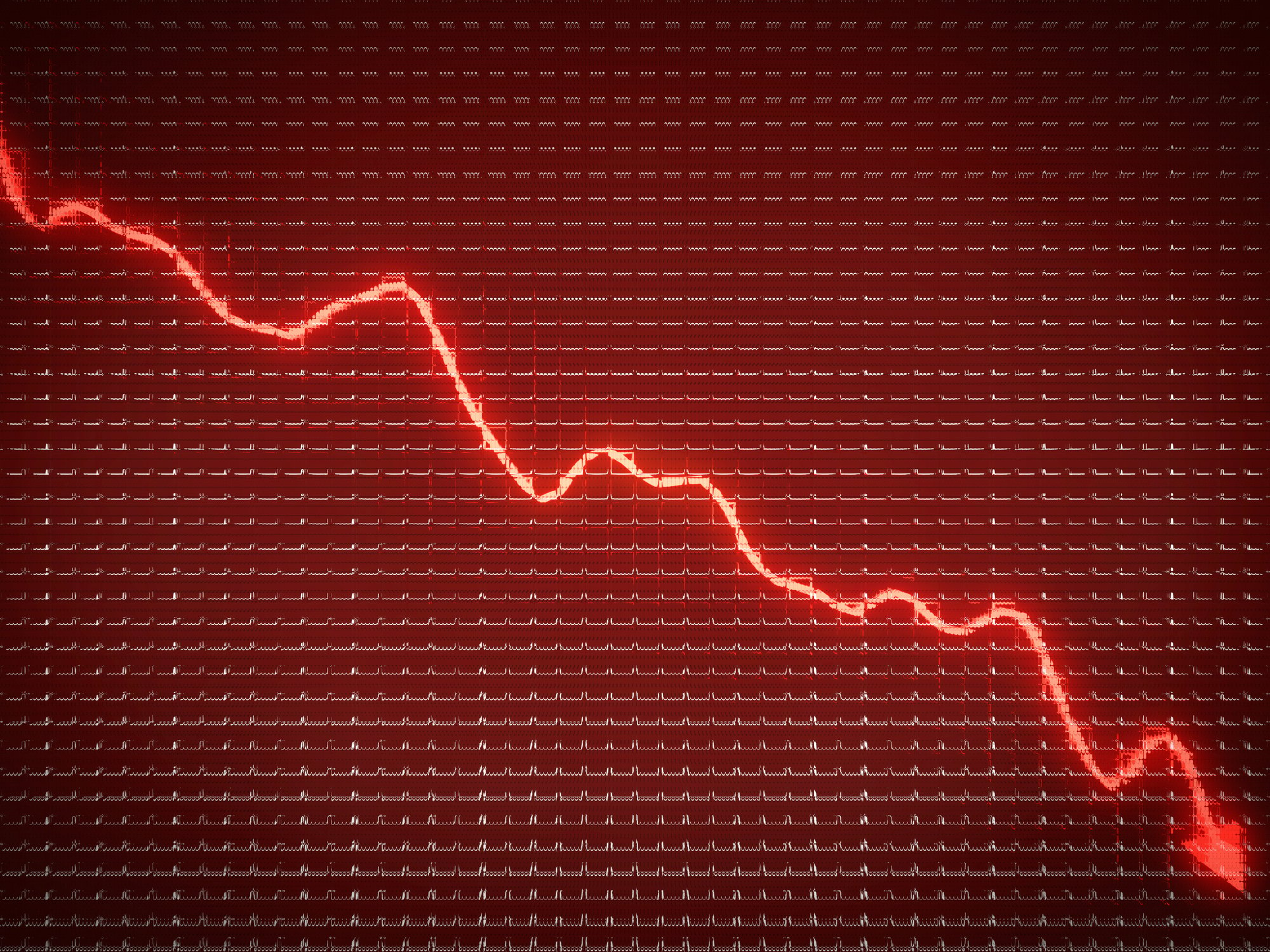
Image source: SiriusXM Radio.
Growth has been decelerating in recent years at Sirius XM Radio (SIRI +0.00%), but that's not necessarily a bad thing for investors. Sirius XM CFO David Frear was speaking at last week's FBR Media Day, and he was pressed about the satellite radio provider's slowing top-line upticks.
"Long slow growth is fine," he responded. "I like it more than I like hot fast growth and another crash."
He admitted he's biased, and admittedly so. He's an executive at a company that has seen its revenue go from growing at a 13% clip in 2012 to 12% in 2013, followed by a 10% gain in 2014 and a 9% climb last year. You have to root for yourself in that situation. However, it's worth pointing out that Sirius XM's revenue grew at a mere 7% clip in 2011, so there's some comfort in knowing that it's growing faster now than it was five years ago.
There's also comfort in knowing that this isn't going to be a slow grind to zero. Sirius XM's subscriber growth may be generally slowing on a percentage basis, but there's no reason to believe we've hit peak satrad. Sequential upticks continue for the most part, and the media giant has been strategic in pushing through modest rate and fee increases without triggering a spike in churn.
And growth is surprisingly starting to accelerate. Revenue at Sirius XM was 10.5% higher through the first half of 2016. However, one of the biggest reasons to believe in the prospect of Sirius XM growing steadily instead of perpetually decelerating like other mature growth companies is that it's really just halfway through reaching its potential audience.
More cars
There are currently 90 million vehicles out there with either a Sirius or XM receiver. That's a lot of vehicles on the open road, and with just 30.6 million of those belonging to current subscribers, one can argue that there's an opportunity in activating the nearly 60 million dormant receivers. However, the real prize, here, is that there are a lot more cars on the road than that, and Sirius XM expects to have its receivers in 185 million cars a decade from now. Roughly three out of every four cars rolling off assembly lines hit showrooms with factory-installed receivers, and as old cars without satellite receivers get replaced by cars that do, Sirius XM's potential reach will continue to grow through at least the next 10 years.
Sirius XM is serving a third of the existing receivers out there, but that doesn't mean its account base will more than double by 2026 and we can't assume the next 95 million cars will be as lucrative as the first 90 million. Folks driving older cars without receivers may not be able to afford premium radio when they do trade up. The gains will still be incremental, and that's important. Between its larger potential audience and new revenue streams to tackle once the connected car makes transactions and targeted advertising more feasible, it's OK to get excited about the next 95 million cars that will hit the market with satellite radio as a feature.






